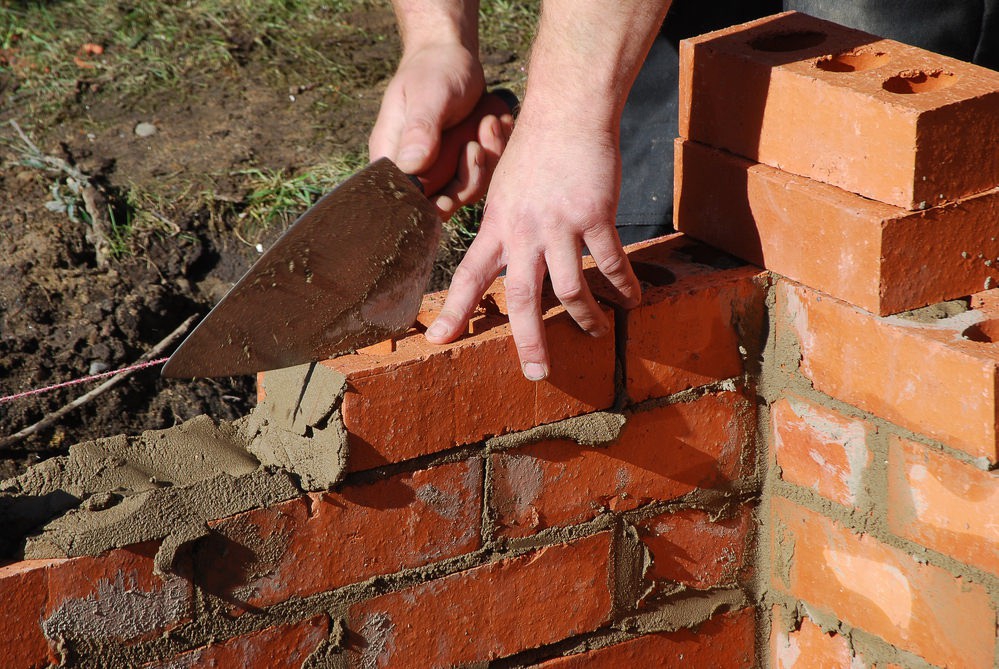The weather has finally started warming up! Now is the time to get all kinds of chores around the house done, including an assessment of its outdoor brick and masonry facings.
You’ll thank yourself later if you manage to detect issues and implement corrective measure before the damage becomes too severe. Indeed, while brick is renowned for its longevity, it can suddenly and rapidly deteriorate if water infiltration problems develop. It will then be vulnerable to the very harmful freeze and frost cycle.
Here are few things you should watch for, especially in spring.
Efflorescence
Efflorescence appears as a white crystalline substance on the brick’s surface. This phenomenon is quite normal in the first few years after the brick has been laid or following repairs. This is because brick and mortar contain lots of salts that are drawn up and deposited on the surface of the materials as the water they contain evaporates. However, if efflorescence is still present after five years, this means that water is leaking in, allowing salts to build up. This is bad news! You must find where the water is penetrating and restore your exterior wall’s waterproofing.
Missing Mortar
In theory, mortar joints are expected to last 40 years … but not all joints have to stand up to the same conditions. For example, painting a brick wall will harm the mortar. In spring, go around the building’s perimeter and inspect all the joints to identify any loose or crumbling areas.
Look out for cracks as well! If you decide to have the mortar mended, make sure the mason removes a fair proportion of the old mortar before applying the new or there is a high probability that it won’t adhere properly. Failure to do so will result in a purely cosmetic improvement and not a restoration of your masonry wall’s overall strength.
The Lintels
Keep an eye on your openings, doors, and windows. The lintels (horizontal supports) overtop can weaken. The presence of cracks in this precise area is a clear sign of such an issue. Acting quickly to replace or reinforce the lintels with stop these cracks from spreading upwards, degrading the entire wall.

Sinking
Still regarding cracks, if you find them instead at the bottom of your walls, this probably means that the foundation is settling. Particularly common in the homes of neighbourhoods constructed atop clay soils, which dry out over time, this can nonetheless happen for several other reasons. Your wall is telling you something is up (or down)! Have your foundation inspected by an expert or at least take steps to understand why your foundation has dropped.
Bulging
Continue your inspection by getting very close to your wall while looking up. If you notice a swelling, also called frost boil, it is again likely that the brickwork will have to be repaired or even rebuilt. Focus around the windows, which should be straight. By comparing this flat surface with the wall next to it, it will be easier to identify a bulge.
Brick is a great material, but it still needs care and attention. If you must carry out repairs, hire professionals. And beware of low-cost solutions: they are often no more than a cosmetic fix that just delays addressing the underlying problem until it returns a following spring!
Source: moncoindevie.com



